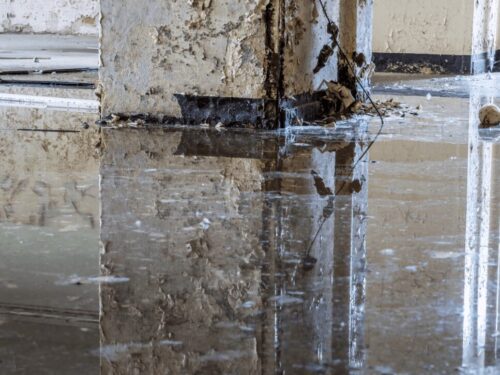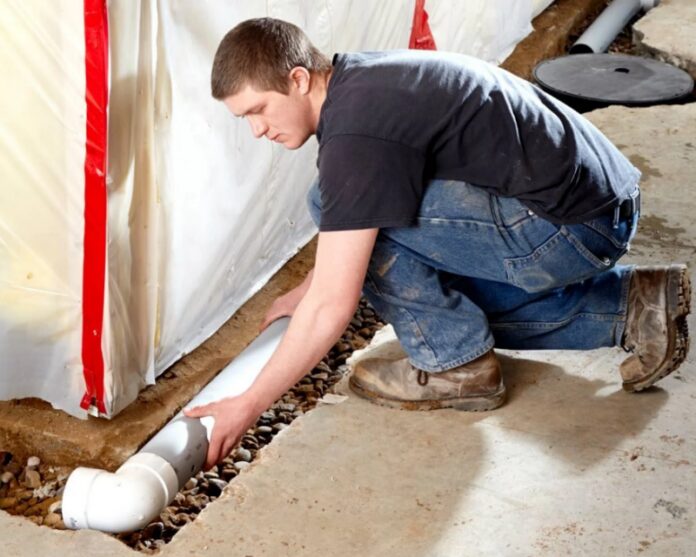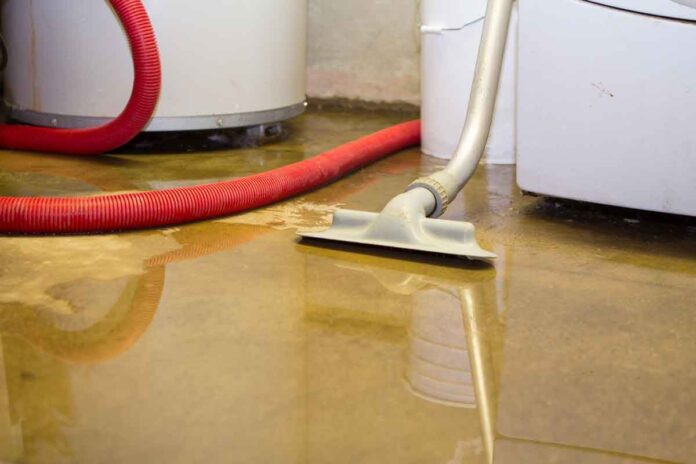Basements are prone to flooding. The incident is quite common and can occur at any time and in any home. Several things can cause floods in this room. Examples are excessive rainfall, sewer backup, poor weatherproofing, an inadequate drainage system, clogged gutters, and plumbing leaks.
A basement flood can be catastrophic, causing structural and property damage. Also, since a complete restoration may take time, your daily activities will be interrupted. Furthermore, you’ll have to spend money on repairs and replacements.
That said, there are things you could do after a basement flood that can save you so much stress. For instance, you should take the necessary steps to reduce damages immediately. In this article, you’ll learn how to do this.
Also, work with competent and well-experienced professionals if you need someone to restore items like your carpet. You can visit sites like waterdamagespecialist.com.au/sydney/ to find a reliable expert or work with local professionals. Find the best people to perform the necessary repairs and replacements whether you’d like to restore your walls, floors, appliances, furniture, or anything else.
As promised, here are the things you should do if you experience flooding in your basement to prevent significant damage and reduce losses:
1. Notify The Insurer

Before doing anything else, notify your insurer about the incident in your basement. It’s necessary, especially if you plan to file a claim. The company will have an adjuster visit your property to assess the damage and determine the deserved compensation.
Ensure you take pictures of your basement and everything in it before you do the clean-up, as you do it, and after completing the task. These photos can help you prove the extent of damage to your insurer.
2. Shut Off Power Supply
Entering a flooded basement without switching off your building’s power supply is dangerous.
Doing so raises the risk of getting electrocuted. So, check for a fuse box outside by your property’s meter or a circuit breaker in the garage to switch off electricity in your building. Call a local electrician if you don’t know where the main power supply is.
3. Identify The Water Source

Once it’s safe to get into the basement, identify the water source causing the floods and stop the aqua flow to prevent further damage. For example, if it’s an overflowing sink or bathtub, turn off the water supply and let the aqua drain.
If an opening in the plumbing line has caused the floods, shut off the main water supply. After that, locate the leak and use epoxy putty, synthetic rubber, or duct tape to seal or cover the damaged pipe.
If you can’t identify the cause of the floods in your basement, shut off the main water supply in your property. However, if the overflow in your basement resulted from a storm, you may not have much control. It’s best to wait for it to pass so you can start the cleaning and restoration.
4. Drain The Water And Dry The Space
After stopping the source of the water flow in your basement, you can drain the aqua and dry your space. Start by removing furniture, carpets, and other items from the basement to make your work easier.
When you’re done, drain the water with an aqua pump if the flooded water is too much or a wet-dry vacuum cleaner if it isn’t.
After draining, use fans or dehumidifiers to remove any moisture left. This process helps to prevent mold growth in the basement, which might occur soon after the floods.
5. Call Professionals For Necessary Repairs

Several restorations or replacements may be necessary after a water disaster in the basement.
For instance, you may need to redo the floor, walls, and foundation. Besides, you might want to repair your furniture, electric system, appliances, or carpet. In such cases, it’s best to work with professionals.
Regardless of the expert you need, ensure the person or company you hire is reputable, well-experienced, reliable, insured, and licensed. Such will offer high-quality services.
6. Prevent Future Basement Floods
After doing all the above, a final step you shouldn’t miss is preventing future basement flooding incidents. Some preventative measures you can take are fixing cracks in walls and foundation, regularly inspecting your plumbing system, and cleaning the septic tank and sewer often.
Also, clear the gutters more times, position your downspouts away from your foundation, and ensure the basement windows and doors are well-sealed.
Final Thoughts

Flooding in the basement can cause serious property and structural damage. Additionally, it can result in financial strain due to the repairs and replacements that follow.
If you experience this incident, there are steps you can take to prevent significant damages and losses.
As you’ve learned in this article, you should notify your insurer, shut off your power supply, identify the flood’s source, drain the aqua, dry your space, and call professionals for repairs.
After that, take preventative measures to prevent future water damage incidents in your basement.




